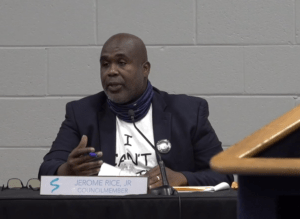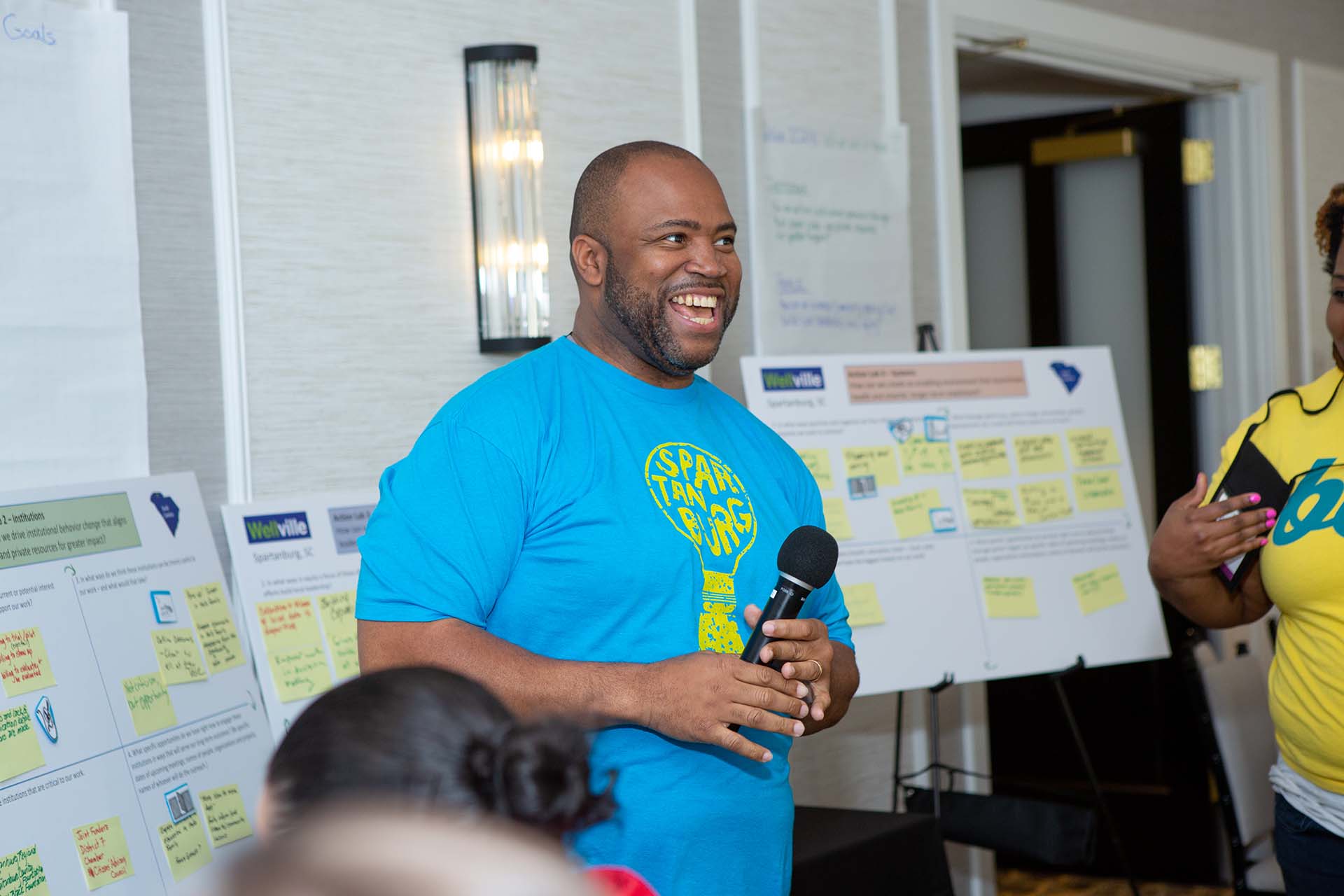
Spartanburg City Council acknowledges, apologizes for systemic racism
Last Monday the Spartanburg City Council approved unanimously a “Healing, Reconciling and Unity” resolution, acknowledging “the historical antecedents of systemic racism” and apologizing to residents for “racial injustices and long-lasting inequities that have resulted from those policies.” The unprecedented resolution also enumerates specific actions Council members will take, including to “promote racial equity through all policies approved by City Council” and “support community efforts to amplify concerns about racist policies and practices.”





